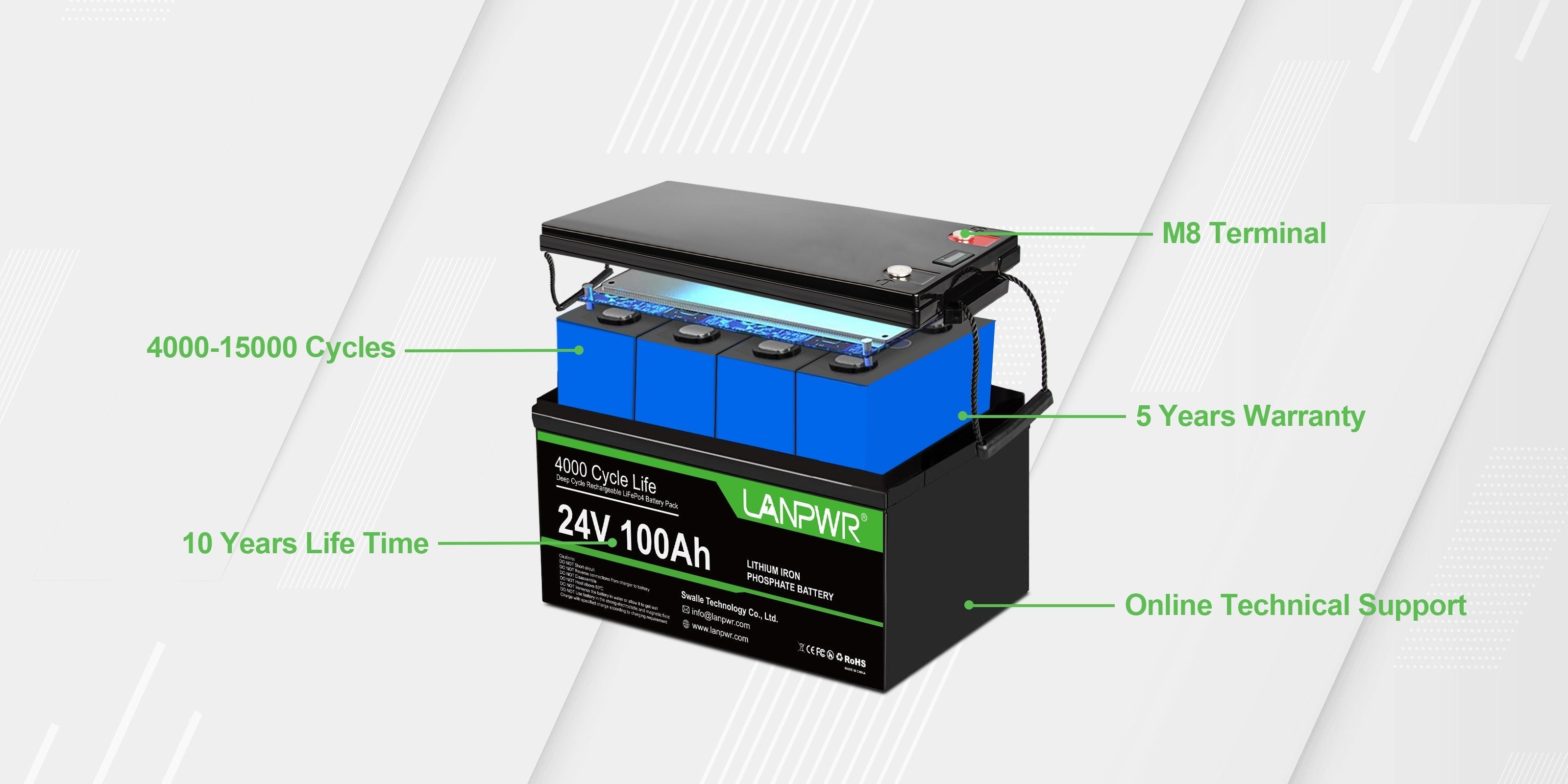Lithium batteries have become ubiquitous in today's technological landscape, powering everything from everyday gadgets like smartphones and laptops to critical applications in electric vehicles and renewable energy systems. Despite their widespread utility, concerns about their safety persist, prompting debates over their classification as dangerous goods. This blog aims to delve into the intricate nature of lithium batteries, their benefits, inherent risks, and the regulatory landscape that governs their use and transportation.
Understanding Lithium Batteries
Composition and Types of Lithium Batteries
Differences between lithium-ion and lithium-metal batteries
Rechargeable lithium-ion batteries dominate the consumer electronics market due to their efficiency and durability. They function by moving lithium ions between electrodes through an electrolyte. In contrast, lithium-metal batteries contain metallic lithium and provide a higher energy output but are generally used in more specialized applications due to their increased risk factors, including a higher propensity for overheating.
description of how lithium batteries power electronic devices
Renowned for their high energy density and long life cycles, lithium batteries, including those manufactured by leaders like LANPWR, are essential for powering a wide range of electronic devices. Due to their efficient discharge and charge cycles, they deliver consistent, reliable power, enabling the operation of devices ranging from portable electronics to large-scale energy storage.
Watt Hour Ratings
Explanation of watt-hour as a measure of electrical energy
The watt-hour (Wh) rating is a crucial measure that helps quantify the energy capacity of a battery, essentially indicating how much power a battery can supply over a specific period. This unit is critical for consumers to understand their electronic device batteries' potential longevity and efficiency.
How watt hours are used to classify the energy capacity of lithium cells and batteries?
The classification based on watt-hours is vital for various stakeholders, from manufacturers to regulatory bodies, as it helps determine the suitable applications for different types of batteries. Higher watt hours typically correlate with longer device runtimes and more robust performance, influencing consumer choices and technological innovations.
Risks Associated with Lithium Batteries
Short Circuit and Thermal Runaway
Description of what causes a short circuit
Short circuits in lithium batteries can occur due to physical damage, manufacturing defects, or design flaws, which may allow the positive and negative electrodes to connect directly. This abnormal connection can lead to a dangerous increase in current and excessive heat generation.
Consequences of thermal runaway in lithium batteries
Thermal runaway is a severe outcome of short circuits or other battery malfunctions, where increased temperature leads to a reaction that further raises the temperature, creating a feedback loop. This can result in explosions or fires, especially in tightly packed environments like aircraft or electric vehicles.
Notable Incidents Involving Lithium Batteries
Historical cases of accidents and malfunctions due to lithium batteries
The recall of nearly two million phones by a major smartphone manufacturer due to battery fires is a poignant reminder of the risks. Similarly, incidents such as the grounding of the Boeing 787 fleet underscore the potential severity of lithium battery malfunctions in critical applications.

Transporting Lithium Batteries
Regulations for Transport
Overview of the IATA Dangerous Goods Regulations (DGR)
The International Air Transport Association (IATA) has set stringent guidelines for the air transport of lithium batteries, categorizing them based on their risk level and dictating specific packaging and handling requirements to minimize risks during flights.
The International Maritime Dangerous Goods code and its implications
Similarly, the International Maritime Dangerous Goods (IMDG) code regulates sea transport, focusing on preventing onboard fires and ensuring the safe stowage and handling of lithium batteries on cargo ships.
Challenges in Transporting Lithium Batteries
Issues with lithium battery shipment by air and sea
Despite strict regulations, the shipment of lithium batteries continues to pose significant risks, particularly when regulations are not strictly followed. Misdeclared cargo and inadequate packaging can lead to catastrophic outcomes, emphasizing the need for rigorous enforcement and compliance.
Case studies of problems during lithium battery transport
Several incidents, such as fires in cargo holds and shipping containers, have been directly linked to lithium batteries. These cases often reveal gaps in regulatory compliance and highlight the challenges in managing the risks associated with these batteries during transport.
Classification as Dangerous Goods
Current Classification Standards
How batteries are classified as dangerous goods under existing regulations
Major regulatory bodies currently classify lithium batteries as dangerous goods due to their chemical nature and potential for hazardous reactions. This classification mandates specific handling, packaging, and transportation protocols.
Role of transport regulations in Classifying Lithium batteries
These regulations are crucial in setting global standards for the safe transport of lithium batteries, aiming to mitigate the risks they pose to public safety, property, and the environment during transit.
Arguments for and Against Tougher Regulations
Advocates for stricter controls: safety concerns and past incidents
Advocates for stricter regulations argue that the volatile nature of lithium batteries and their track record of incidents necessitate more comprehensive controls to protect public safety.
Opposition views: technological importance and economic impact
However, critics of tighter regulations argue that such measures could hinder technological innovation and increase costs for manufacturers and consumers, potentially impacting the broader adoption of green technologies like electric vehicles and renewable energy systems.
Impact on Industries and Consumers
Shipping Regulations and Industry Compliance
How shipping regulations affect the electronics industry
Stringent shipping regulations influence the entire lifecycle of lithium batteries, from manufacturing and distribution to end-user handling. While these regulations ensure safety, they also increase the logistical and financial burdens on industries relying on these batteries.

Compliance costs and the impact on innovation
High compliance costs can stifle innovation by diverting resources away from product development towards regulatory compliance. This dynamic can slow the pace of technological advancement in sectors like consumer electronics, where rapid innovation is critical.
Consumer Perspective
What do the shipping and handling restrictions mean for consumers?
For consumers, increased safety measures mean a reduced risk of battery-related accidents. However, these measures can also lead to higher product costs and potentially slower time-to-market for new technologies.
The balance between safety and accessibility
Finding the right balance between stringent safety measures and the accessibility of lithium battery-powered devices is crucial. Consumers benefit from both safe products and continued access to the latest technological advancements.
Future of Lithium Battery Use and Transportation
Technological Advances in Battery Safety
Innovations aimed at reducing the risks associated with lithium batteries
Researchers and manufacturers are constantly developing new technologies to enhance the safety of lithium batteries. Innovations include improvements in battery management systems, new electrolyte formulations that are less flammable, and more robust casing materials to prevent damage and leakage.
Evolving International Transport Regulations
Potential changes in international air transport and maritime regulations
As technology evolves, so too do the international regulations governing the safe transport of lithium batteries. Future regulatory updates are expected to reflect the latest scientific data and technological advances, aiming to further mitigate the risks associated with these batteries.
Forecasting the international consensus on lithium battery safety
The global regulatory landscape is likely to continue evolving in response to technological advancements and the changing needs of industries and consumers. A consensus on safety standards that accommodates both safety and technological progress is the goal, ensuring that lithium batteries remain both effective and safe.
Conclusion
This comprehensive analysis underscores the complex interplay between the benefits and risks associated with lithium batteries. While they are essential for powering modern technology, their potential hazards cannot be overlooked. The ongoing debate over whether lithium batteries should be declared dangerous goods highlights the need for a balanced approach that safeguards public safety without stifling technological innovation.














Leave a comment
This site is protected by hCaptcha and the hCaptcha Privacy Policy and Terms of Service apply.